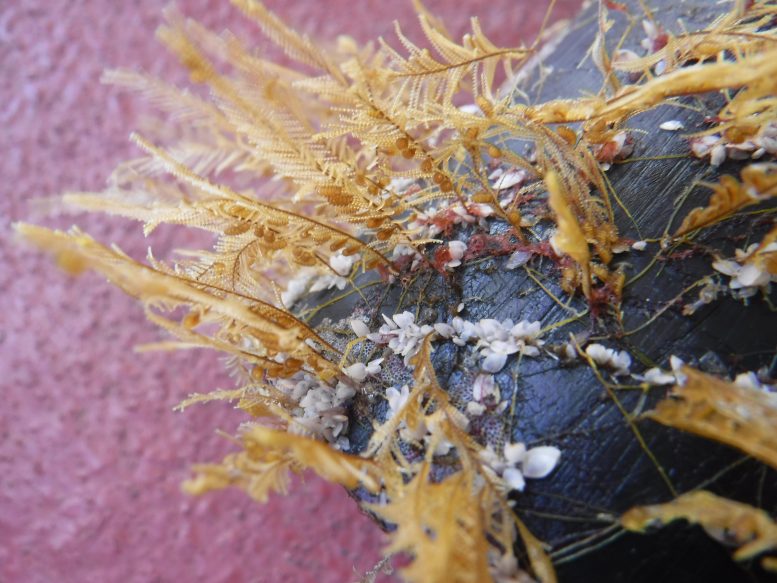
Coastal podded hydroid Aglaophenia pluma and open-ocean gooseneck barnacles Lepas living on floating plastic collected in the North Pacific Subtropical Gyre. Credit: The Ocean Cleanup, in coordination with Smithsonian Institution
A team of researchers from the Smithsonian Environmental Research Center (SERC) and the University of Hawai‘i (UH) at Mānoa, has recently published a study in Nature Ecology and Evolution, revealing that a surprising number of coastal marine invertebrate species have colonized the high seas and are now thriving and reproducing in the open ocean, significantly shaping the composition of the floating community.
The study conducted by the researchers discovered that over 70 percent of the plastic debris they examined in the eastern North Pacific Subtropical Gyre was colonized by diverse coastal species belonging to various taxonomic groups and possessing different life history traits. Additionally, the plastic debris was found to carry more coastal species than open ocean species.
“This discovery suggests that past biogeographical boundaries among marine ecosystems — established for millions of years — are rapidly changing due to floating plastic pollution accumulating in the subtropical gyres,” said lead author Linsey Haram, research associate at SERC.
These researchers only recently discovered the existence of these “neopelagic communities,” or floating communities in deep ocean waters. To understand the ecological and physical processes that govern communities on floating marine debris, SERC, and UH Mānoa formed a multi-disciplinary Floating Ocean Ecosystem (FloatEco) team. UH Mānoa led the assessment of physical oceanography and SERC evaluated the biological and ecological dimensions of the study.
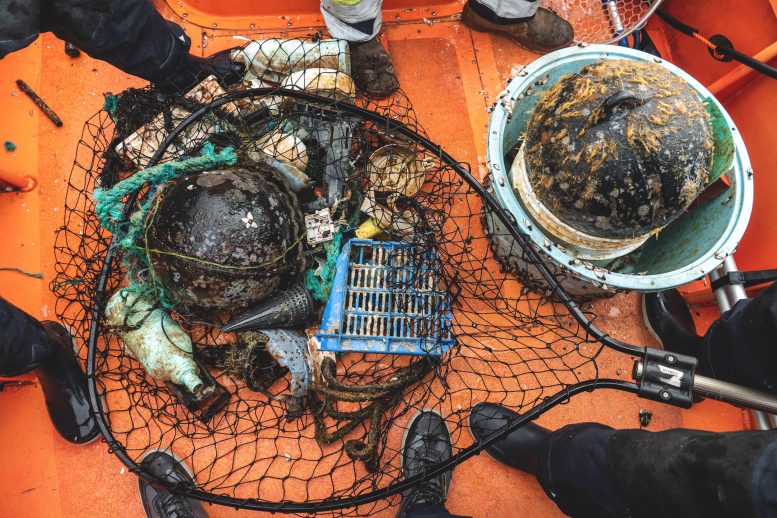
Examples of floating plastics collected in the North Pacific Subtropical Gyre during The Ocean Cleanup’s 2018 expedition. Credit: The Ocean Cleanup
For this study, the FloatEco team analyzed 105 plastic samples collected by The Ocean Cleanup during their 2018 and 2019 expeditions in the North Pacific Subtropical Gyre, which occupies most of the northern Pacific Ocean. The fieldwork relied on the participation of both individual volunteers and non-governmental organizations.
“We were extremely surprised to find 37 different invertebrate species that normally live in coastal waters, over triple the number of species we found that live in open waters, not only surviving on the plastic but also reproducing,” said Haram. “We were also impressed by how easily coastal species colonized new floating items, including our own instruments — an observation we’re looking into further.”
“Our results suggest coastal organisms now are able to reproduce, grow, and persist in the open ocean — creating a novel community that did not previously exist, being sustained by the vast and expanding sea of plastic debris,” said co-author Gregory Ruiz, senior scientist at SERC. “This is a paradigm shift in what we consider to be barriers to the distribution and dispersal of coastal invertebrates.”
While scientists already knew organisms, including some coastal species, colonized marine plastic debris, scientists were unaware until now that established coastal communities could persist in the open ocean. These findings identify a new human-caused impact on the ocean, documenting the scale and potential consequences that were not previously understood.
“The Hawaiian Islands are neighbored in the northeast by the North Pacific garbage patch,” said Nikolai Maximenko, co-author and senior researcher at the UH Mānoa School of Ocean and Earth Science and Technology. “Debris that breaks off from this patch constitutes the majority of debris arriving on Hawaiian beaches and reefs. In the past, the fragile marine ecosystems of the islands were protected by the very long distances from coastal communities of Asia and North America. The presence of coastal species persisting in the North Pacific Subtropical Gyre near Hawai‘i is a game changer that indicates that the islands are at an increased risk of colonization by invasive species.”
“Our study underscores the large knowledge gap and still limited understanding of rapidly changing open ocean ecosystems,” said Ruiz. “This highlights the need for dramatic enhancement of the high-seas observing systems, including biological, physical, and marine debris measurements.”
Reference: “Extent and reproduction of coastal species on plastic debris in the North Pacific Subtropical Gyre” by Linsey E. Haram, James T. Carlton, Luca Centurioni, Henry Choong, Brendan Cornwell, Mary Crowley, Matthias Egger, Jan Hafner, Verena Hormann, Laurent Lebreton, Nikolai Maximenko, Megan McCuller, Cathryn Murray, Jenny Par, Andrey Shcherbina, Cynthia Wright, and Gregory M. Ruiz, 17 April 2023, Nature Ecology & Evolution.
DOI: 10.1038/s41559-023-01997-y
The study was funded by NASA and Life in Moving Ocean.

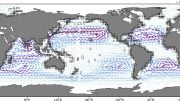
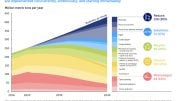
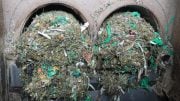
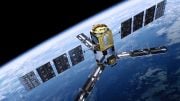
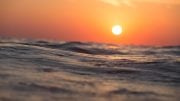
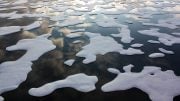
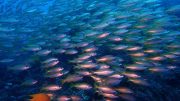
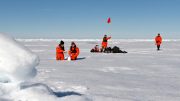
So, dumping garbage in the ocean is saving it. Could we avoid acting on this early research for a while, unlike the neo-environmentalists burning even more coal to power their brand-new $100k battery cars? Maybe take a breather before we bulldoze landfills into the sea, unlike activists trying to end the world economy or permanently blocking the sun for climate change? If we had to, maybe we could just get our plastic straws & shopping bags back, as steel & fabric ones require more resources to create that never get offset? Just science with a side of humility.
Kudos to the University of Hawaii at Manoa, for publishing research that floats against the tide.